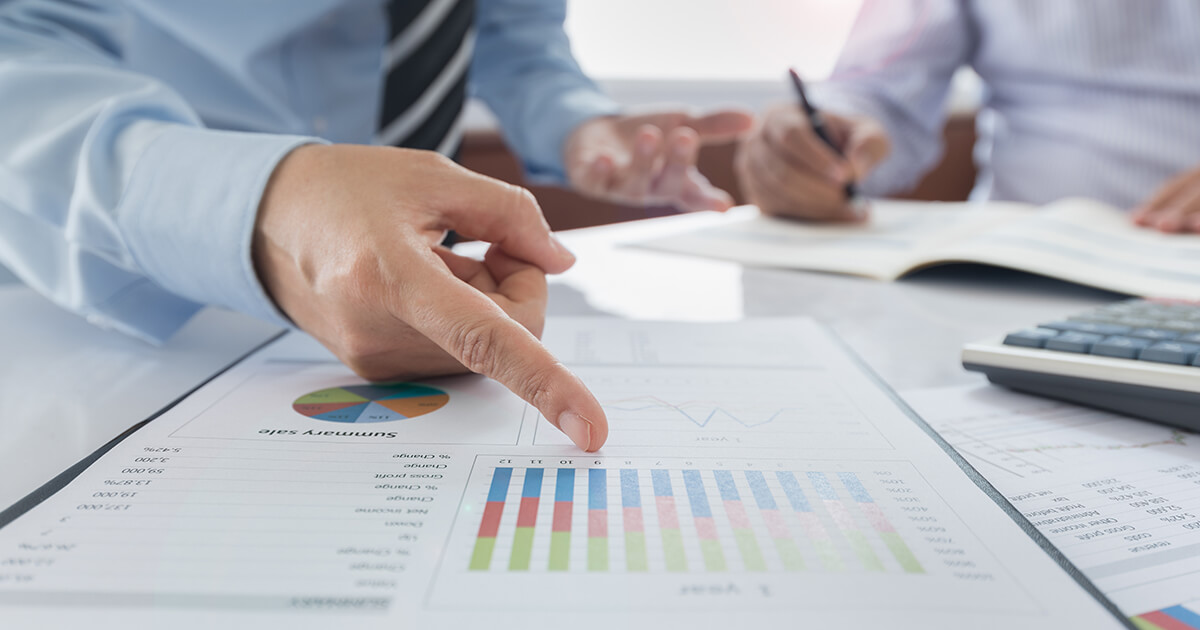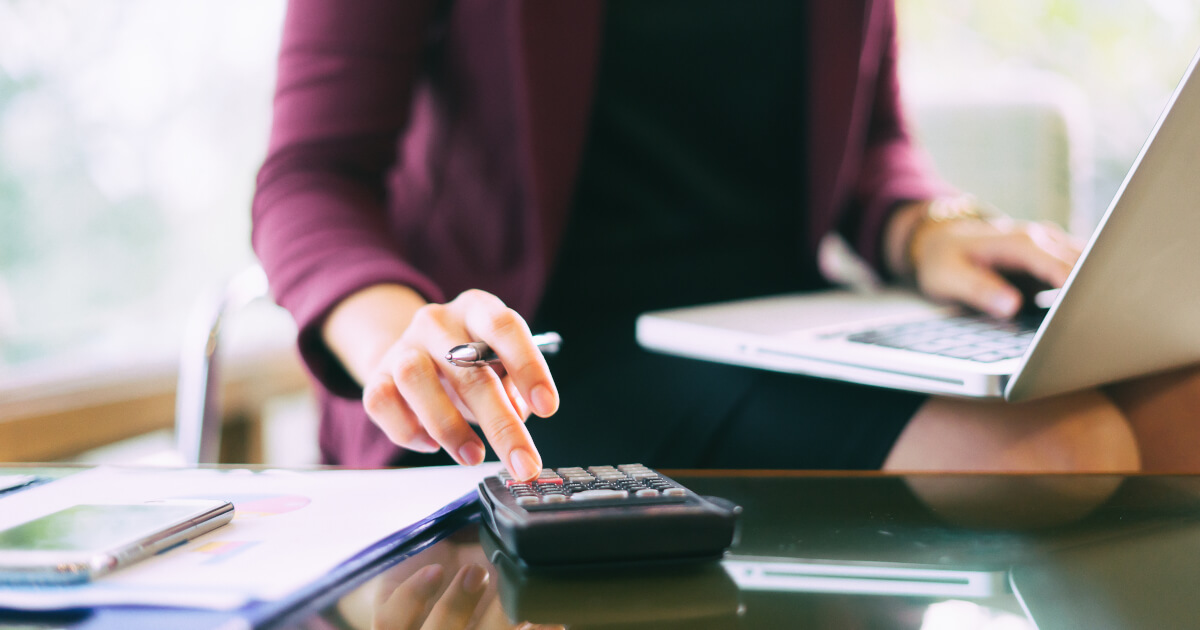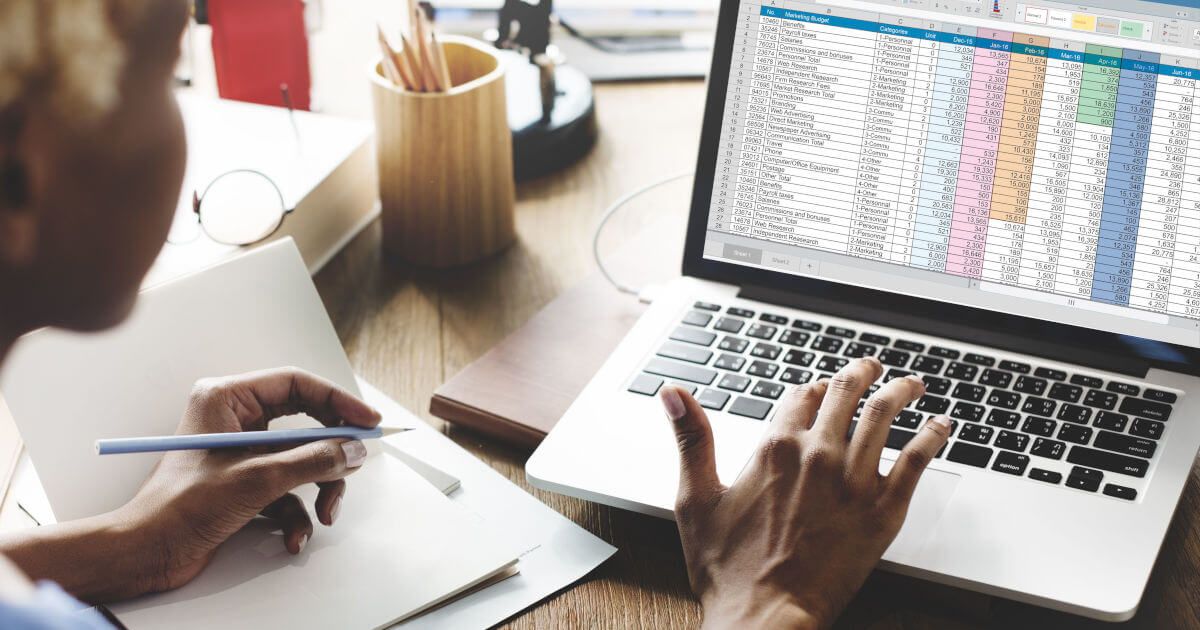Assets and liabilities: What are they?
Generally speaking, assets and liabilities represent the use and origin of a company’s funds. They are the two halves of every balance sheet and face each other: the assets on the left, the liabilities on the right.
The two sides must always be balanced against each other – this is an important rule for any balance sheet. This means that the addition of all assets must result in the same sum as the addition of all liabilities.
The assets fully depict the assets of an enterprise or other economic entity. The liabilities indicate the sources from which the capital of an enterprise originates and the size of the various capital shares.
Assets – the use of funds
Balance sheet assets comprise the available assets of an enterprise, i.e. those goods and other means which the business uses to perform its operational functions. The assets are shown on the left side of a balance sheet. Here is how they are classified:
- Fixed assets
- Current assets
- Accruals and deferrals
- Deferred tax assets
- Asset difference from asset offsetting
Fixed assets
Fixed assets include all assets and other goods that are permanently available to the company and used in business operations. This includes, for example, production machinery, a vehicle fleet, land and buildings, but also intangible assets like patents, licenses, and brands, as well as long-term financial assets and investments in companies.
Current assets
Current assets, on the other hand, comprise the funds and goods that the company has at its disposal in the short term for operational purposes. These are, for example, raw materials, components, or intermediate products which are subsequently either consumed, sold, or converted into other products. A company’s current assets also include bank balances, cash in hand, receivables from debtors, and short-term financial assets.
Accruals and deferrals
Prepaid expenses are paid for in one accounting period, but will not be used until a future accounting period. On the assets side of the balance sheet, items include expenses which were incurred before the balance sheet but which only represent expenses at a later date, like advance payments.
Deferred tax assets
Deferred tax assets can be included on the assets side of the balance sheet if the commercial and tax balance sheets differ in such a way that tax relief can be expected in the next financial year, e.g. through a loss carried forward.
Active difference from asset offsetting
In the case of pension obligations to employees and similar long-term obligations, the current fair value of the assets serving this purpose counts (instead of the acquisition principle). These liabilities are offset against the assets, contrary to the otherwise applicable prohibition of offsetting. An active difference occurs when the assets are higher than the debts. The amount must also appear on the assets side of the balance sheet.
Liabilities – the source of funds
Liabilities are shown on the right-hand side of the balance sheet. They show where a company’s funds have come from. Balance sheet liabilities are roughly broken down as follows:
- Equity
- Accruals
- Liabilities
- Accruals and deferrals
- Deferred tax liabilities
All balance sheet items, with the exception of equity, are summarized here under the term “borrowed capital.” These are values that are available to the company but must (safely or possibly) be repaid in the foreseeable future. They also include provisions with respect to expected liabilities.
Equity
Equity includes subscribed capital. Depending on the company’s legal form, this is called ordinary share capital, plus any capital increases. In addition, equity consists of reserves. A company capital reserve is created, for example, when shares are issued in excess of their normal value. This reserve is financed externally, so to speak, while the revenue reserve originates from the company itself and may have to be formed from the company’s business result. The profit or loss carried forward also counts as equity. This is a residual profit or loss from the previous year. Finally, the net income or loss for the year also belongs to equity.
Accruals
Accruals are obligations, e.g. for future pension payments or taxes, which are uncertain with regard to their actual amount and the time of their occurrence.
Liabilities
All the company’s specific debts are also shown on the liabilities side of the balance sheet. The corresponding funds are still available, but must be repaid on known dates. Therefore, they are included under liabilities.
Accruals and deferrals
Services rendered by the entity after the balance sheet date, but invoiced in advance, appear as deferred income in the balance sheet (e.g. rental income for the following year).
Deferred tax liabilities
Like deferred tax assets, deferred tax liabilities also exist. These are expected future payment obligations to the tax office, resulting from different asset valuations, liabilities, and deferred income according to commercial law and tax criteria. They belong to debt capital and must therefore appear on the liabilities side of the balance sheet.
How assets and capital (assets and liabilities) are related
The liabilities on the right-hand side of the balance sheet show where a company’s capital comes from and either money that must be paid or services that must be performed. The assets on the left show what resources the company has at its disposal to generate earnings. A successful company has more assets than liabilities, meaning it has the resources to fulfil its obligations.
Therefore, the two sides of a balance sheet must also be balanced, and double entry accounting software will always ensure that that is the case.
Gross and net assets
The gross assets, i.e. the total assets of a company, are distinguished from the actual net assets. The total assets comprise the total value of a company’s (or other business entity’s) assets, i.e. its tangible assets as well as funds and receivables. Net assets consist of these total assets minus the company’s liabilities. The liabilities side of the balance sheet provides information about these debts.
An example: A company owns a property worth $3 million. This asset is shown as part of the fixed assets on the assets side of the balance sheet. On the liabilities side, however, it can be seen that 50% of the property is credit-financed. The real estate contributes $3 million to the enterprise’s total assets, however, the net assets only show $1.5 in the books.
Microsoft 365 with IONOS!
Experience powerful Exchange email and the latest versions of your favorite Office apps including Word, Excel and PowerPoint on any device!
The importance of assets and liabilities for accounting purposes
Assets and liabilities are the right and left sides of a company’s balance sheet. This balance sheet, in turn, is an important instrument that provides information about the company’s economic situation. If your business were a living organism, these would be its vital signs. Assets and liabilities are the key ingredients of your company's financial position. Revenue and expenses represent the flow of money through your company’s operations. A balance sheet must be drawn up in accordance with the principles of proper accounting, i.e. according to the rules that entrepreneurs who are obliged to draw up a balance sheet must observe when recording their business transactions within the framework of current accounting.
Click here for important legal disclaimers.



